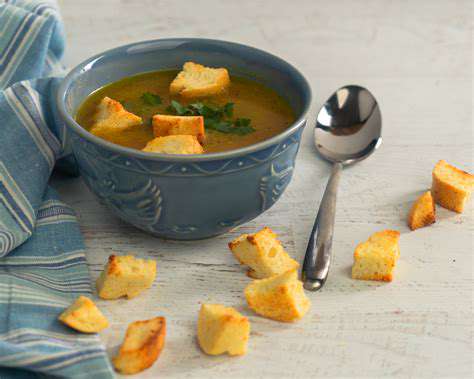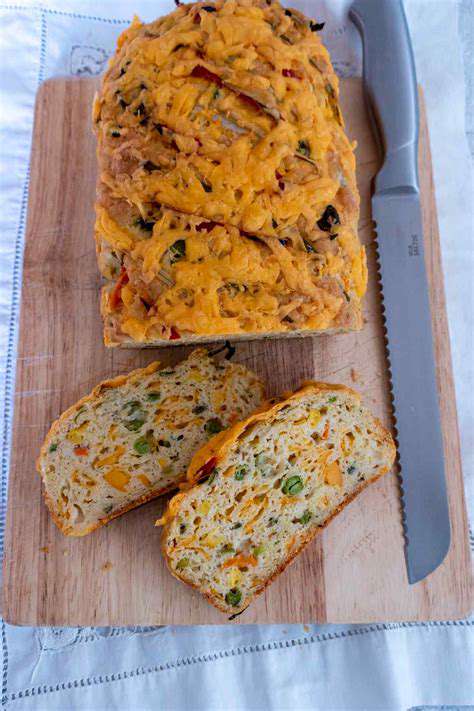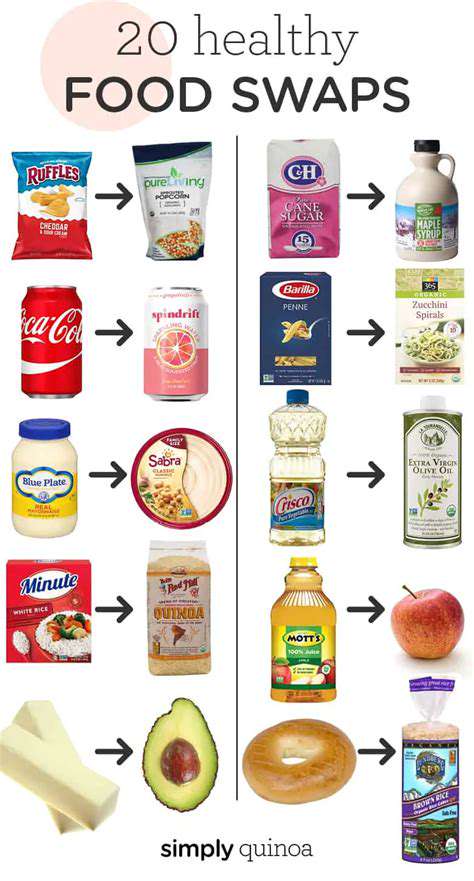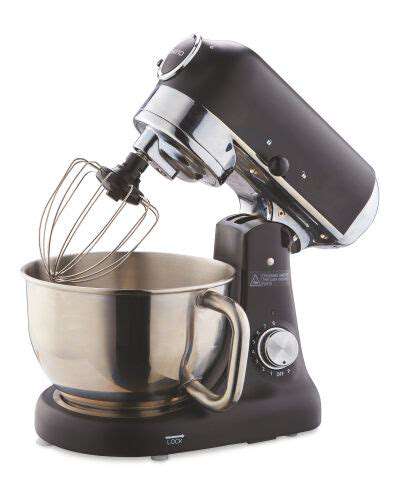How to Make Perfect Homemade Pizza Dough
Understanding the Ingredients
Every great pizza starts with the right foundation—flour. Bread flour, rich in protein, forms the gluten backbone that gives pizza dough its signature chew and airy pockets. All-purpose flour can work in a pinch, but it lacks the protein punch needed for optimal texture. Water temperature plays a surprising role too. Lukewarm water wakes up yeast more effectively than cold, speeding up fermentation and deepening flavor. Salt isn't just for taste—it regulates yeast activity and strengthens gluten. Finding the right balance is key; too little leaves dough bland, while too much can overpower.
Yeast acts as the dough's engine. Active dry varieties need proper hydration to spring to life, while fresh yeast demands different handling. Getting familiar with your yeast type makes all the difference between flat failure and lofty success. Precise measurement and activation set the stage for a perfect rise.
Preparing the Yeast Mixture
Start by proofing your yeast in a portion of the warm water. After 5-10 minutes, look for foaming—this living organism's way of saying it's ready to work. No bubbles? Your yeast might have expired. A pinch of sugar gives these microorganisms extra energy to multiply. This simple test prevents wasted ingredients and disappointment later.
Once your yeast shows signs of life, blend in the remaining water, salt, and olive oil. Gentle stirring incorporates everything without overworking the mixture. This careful approach helps gluten develop gradually—the secret to elastic, easy-to-handle dough. Overmixing now leads to tough results later.
Mixing the Dough
Add flour gradually, mixing until the dough just comes together. At this stage, the dough should look shaggy and uneven—perfection comes later. Resist the urge to overmix; gluten development happens best during kneading. A light touch prevents incorporating too much air, which can create uneven rising. The goal is uniform hydration without toughness.
Kneading the Dough
Turn the dough onto a floured surface and knead for 5-7 minutes until smooth and elastic. This physical working develops gluten strands that trap gas bubbles during rising. If the dough sticks, add flour a tablespoon at a time. Too dry? Sprinkle water sparingly. The perfect dough feels like a baby's earlobe—soft, smooth, and slightly springy. This tactile test never fails.
First Rise and Shaping
Place the kneaded dough in an oiled bowl, turning to coat. Cover with plastic or a damp towel and let rise until doubled—about 1-1.5 hours in a warm spot. This fermentation period develops complex flavors you can't rush. While waiting, prep toppings and sauce. After rising, gently deflate the dough (this redistributes yeast cells) before shaping into your desired pizza form.
Shaping and Baking Your Pizza Crust
Understanding the Dough
Mastering pizza begins with understanding your dough's personality. Different flours create different textures—bread flour for chew, all-purpose for tenderness. Hydration levels (water-to-flour ratio) dramatically affect handling and final texture. Your ideal dough might take several tries to perfect—each batch teaches you something new.
Mixing and Kneading
Proper kneading transforms sticky mass into smooth, elastic dough. This 5-10 minute process aligns gluten proteins into a strong network. Under-kneaded dough tears easily; over-kneaded becomes tough. The windowpane test never lies—stretch a small piece; if it forms a thin, translucent membrane without tearing, you've kneaded enough.
Shaping Your Crust
Shaping is where artistry meets science. Start from the center, pressing outward while leaving a thicker edge for the crust. For thin crust, stretch gently; for thick, press less. If the dough resists, let it rest 5 minutes—gluten relaxes with time. Use a floured surface but avoid excess flour which can create dry spots. Consider a pizza peel for easy transfer to hot surfaces.
Baking for Perfection
Heat makes or breaks pizza. Home ovens rarely reach ideal temperatures (700°F+ like pizzerias), so maximize yours. Preheat your oven (with stone or steel if possible) for at least 45 minutes. Bake until the crust turns golden and the bottom sounds hollow when tapped—usually 8-12 minutes at 500°F. Rotate halfway for even cooking.
Finishing Touches
Fresh from the oven, let pizza rest 2-3 minutes before slicing—this prevents toppings from sliding off. The wait enhances flavors as ingredients settle. For extra shine, brush crust edges with garlic oil. Leftovers? Reheat in a skillet for crispness no microwave can match.
Tips for Success and Troubleshooting Common Issues

Planning and Preparation
Successful pizza-making mirrors careful planning. Measure ingredients beforehand (mise en place), and consider dough's 24-hour cold ferment option for deeper flavor. Have all toppings prepped before shaping dough to prevent over-proofing while you chop.
Time Management Techniques
Pizza making involves waiting periods—use them wisely. While dough rises, clean up or prep other meal components. Multitasking turns hours of inactive time into efficient kitchen sessions. For weeknights, make dough ahead and refrigerate up to 3 days—flavor improves with time.
Problem-Solving Strategies
Dough too sticky? Add flour gradually during kneading—not after rising. Didn't rise? Check yeast freshness and water temperature (110°F max). Burnt bottom? Move pizza higher in oven or use parchment. Soggy center? Pre-bake crust 2-3 minutes before adding wet toppings.
Adaptability and Resilience
Even failed attempts teach valuable lessons. A dense loaf-like crust? You've discovered your personal kneading threshold. Flat pizza? Now you know your yeast was inactive. Each mistake reveals dough science in action—document these lessons for future reference.
Seeking Support and Collaboration
Join online pizza communities to exchange tips. Local bakeries often share professional tricks. Every pizza enthusiast has unique insights—pooling knowledge accelerates everyone's skills. Consider hosting pizza parties where guests top their own sections—fun experimentation with shared learning.
Continuous Learning and Growth
Track each pizza attempt in a notebook—flour brands, hydration percentages, bake times. This data becomes your personal pizza algorithm. Experiment with variables one at a time: try 00 flour next week, adjust hydration the following. Mastery comes through systematic exploration.
Read more about How to Make Perfect Homemade Pizza Dough
Hot Recommendations
- Traditional Foods for Day of the Dead
- Food Etiquette in Italy: Pasta Rules!
- Best Family Friendly Restaurants with Play Areas in [City]
- Review: The Best [Specific Dessert] Place in [City]
- Top Ice Cream Parlors in [City]
- Traditional Foods for Halloween
- The History of the Potato in Ireland
- Best Vegan Pizza Joints in [City] [2025]
- Best Bakeries for Sourdough Bread in [City]
- Food Culture in Argentina: Asado and Wine
![First Baby Food Recipes [Purees & Introducing Solids]](/static/images/28/2025-04/SafetyConsiderationsforBabyFoodPreparation.jpg)

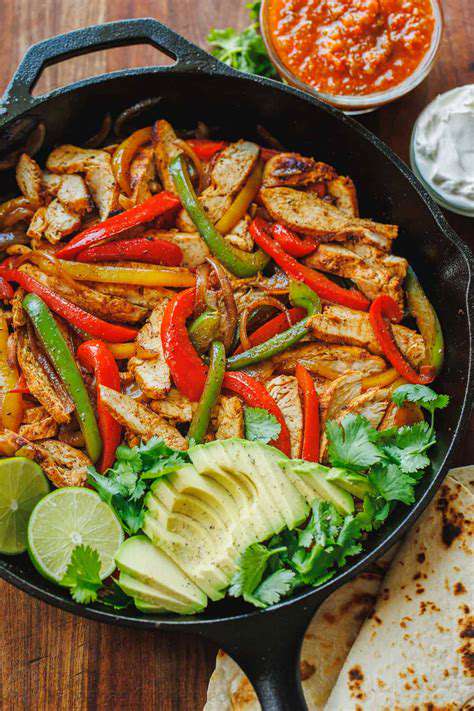


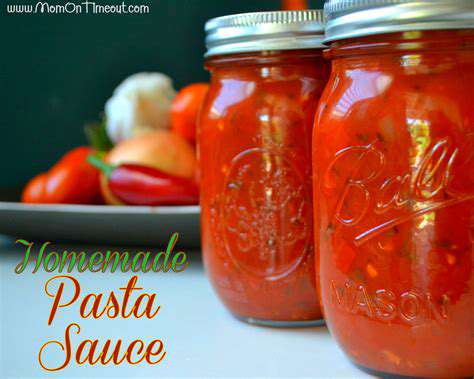

![Review: [Specific Wine Bar Name] with Food Pairing](/static/images/28/2025-05/FinalThoughts3AAMust-VisitforWineEnthusiastsandFoodies.jpg)
